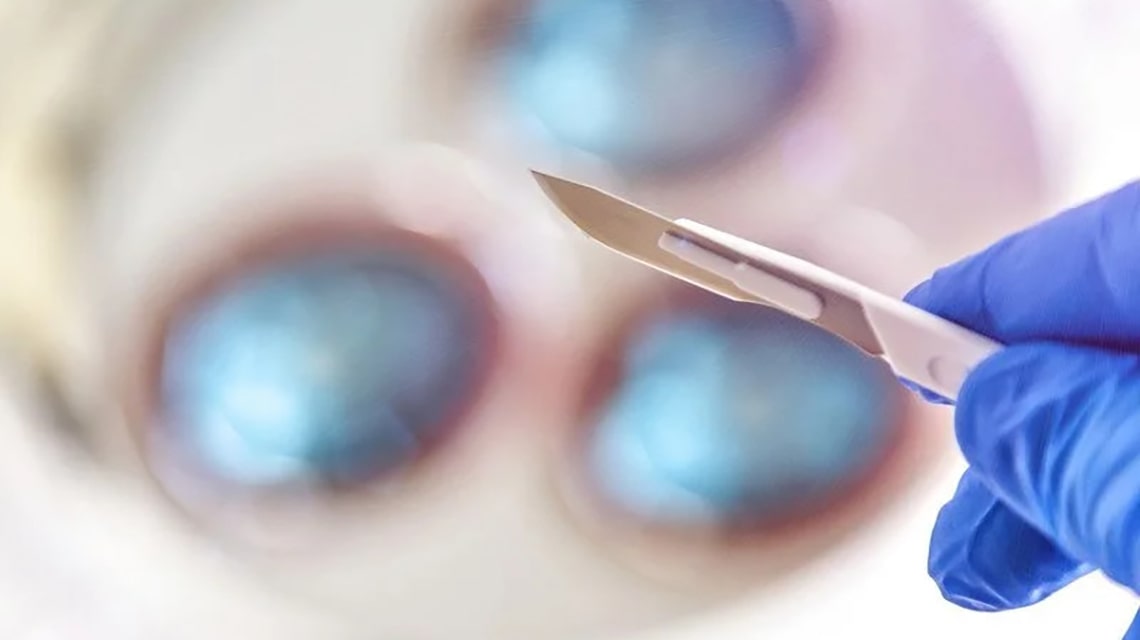If you haven’t heard of it yet, you should familiarize yourself with its basic concepts. If you are already familiar with it, where do you stand?
The no scalpel movement could end up being one of the most important influences in regenerative medicine. If it continues to grow, doctors who participate in the movement will be looking for all sorts of alternative treatments – many of which do not exist yet. As such, the movement could prove a major impetus in developing a full range of PRP and total nucleated cell therapies.
The Movement Explained
The no scalpel movement is a movement among clinicians to avoid invasive surgeries whenever possible. As one example, urologists are now looking to a no scalpel, no needle vasectomy as an alternative to the more traditional procedure.
This new kind of vasectomy doesn’t require cutting the skin in order to do what needs to be done. Rather, the skin of the scrotal sac is punctured and then stretched. The puncture hole immediately closes up following the procedure with no need for stitches.
When we apply the no scalpel movement to things like osteoarthritis and sports injuries, we are talking about PRP and total nucleated cell therapies. Both therapies eliminate the need for invasive surgery by using simple injections of PRP and total nucleated cell material taken directly from those patients being treated.
Why the Movement Matters
As a specialist in providing total nucleated cell and PRP kits, centrifuges, and other supplies to regenerative medicine practitioners, we are fully aware of the resistance to regenerative medicine throughout the medical field in general. Unfortunately, medicine is woefully slow when it comes to its own evolutionary process. This is why the no scalpel movement really matters.
We have relied on surgery as a treatment for countless problems for the past several generations. Joint replacement surgery for osteoarthritis patients immediately comes to mind. The surgery was revolutionary when it was first introduced, and it has served the general public well since. But just like surgery replaced its predecessor, regenerative medicine is in a position to eventually replace surgery.
PRP and total nucleated cell injections are already a replacement for some patients. Thousands of patients utilize regenerative medicine every year in hopes of avoiding going under the knife. Every patient who find lasting relief is another patient not requiring joint replacement.
Doctors Need a Reason
The long and short of it is the reality that doctors tend to need a reason to try new things. This is especially true in the arena of regenerative medicine. Because total nucleated cell and PRP injections do not need further FDA approval, doctors who offer the procedures are in no rush to spend millions of dollars to impress the FDA.
Unfortunately, this gives critics of regenerative medicine reason to believe that PRP and total nucleated cell procedures should be avoided for lack of approval. This thinking is obviously inconsistent with the entire concept of searching for new treatments. Regardless, there are doctors who need a push. The no scalpel movement could prove to be that push for some.
Many of us in the regenerative medicine field are big proponents of the no scalpel movement. We believe in the judicious use of certain regenerative medicine procedures where they are both viable and safe. By giving people choices other than surgery, we are also giving them the ability to avoid the scalpel and all that comes with it.
-3.jpg?width=693&height=225&name=Apex%20Logo%20(NEW%20-w-o%20gradient)-3.jpg)


